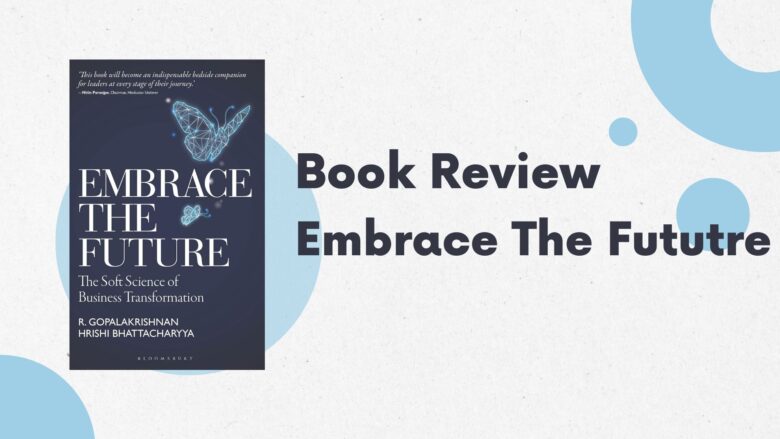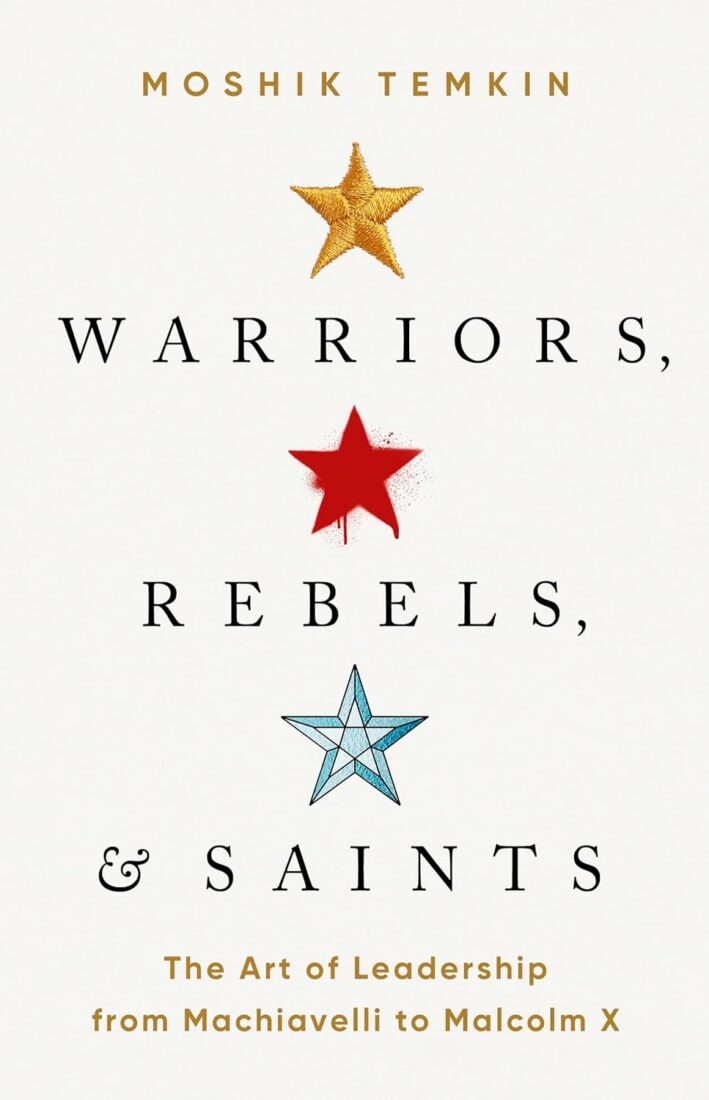When I think of innovation Winston Churchill’s observation about Russia, made in a radio broadcast in October 1939, comes to mind: “It is a riddle, wrapped in a mystery, inside an enigma; but perhaps there is a key.”
Identify that key and you are… well… only about 50 per cent through. The theory of innovation aside, the real issues of follow-through, of making an innovative idea traverse the long road to market continues to torment those in business and may be even in politics. It is also the fundamental idea discussed in two recent books on the subject: A Biography of Innovations: From Birth to Maturity written by R Gopalakrishnan and India as a Pioneer of Innovation edited by Harbir Singh, Ananth Padmanabhan and Ezekiel J Emanuel.
The first, as the title suggests, is a straight-forward attempt to unravel the “process” of innovation — from ideation and scaling up to marketing. The second is a collection of essays that chronicle challenges to innovation and offer a plethora of interesting case studies to demonstrate innovation at work. By highlighting common innovation booby traps these books also set out the “don’ts” of innovation. (There are common examples too; case in point: Narayana Health)
The two books approach the idea of innovation from completely different standpoints. Refreshingly, Mr Gopalakrishnan’s A Biography… looks at innovation from the point of view of a student or an understudy. But first, a disclaimer. Mr Gopalakrishnan has been writing since 2012 a monthly column titled Innocolumn for this paper in which he explores a wide range of subjects under innovation, entrepreneurship, creativity and allied themes. Many of the ideas he has discussed in this book also find reflection in the articles he has written for the
paper, a fact he has acknowledged in the preface.
The very first sentence in the “Introduction” of Mr Gopalakrishnan’s book is a preview of what’s to come: Clear and practical suggestions. The author recognises that there is too much literature on the subject already so the last thing a reader needs is gyan. He devotes a large chunk of the book equipping the reader with the tools necessary to understand what successful innovation ought to look like and what value it can add to her organisation. There are quite a few examples of dysfunctional cultures that block innovation and how to move beyond them. (“In management jargon, these are called ‘derailers’ to connote hazards that can derail an otherwise sound leader”: Chapter VI, Young adult, the product competes to grow). His book offers an excellent balance between theory and practice, and each chapter is handily summarised “in a nutshell” at the end. India as a Pioneer…, a bit more complex and in the nature of an expert-observer-view, stresses the fact that innovation is not just about conceiving the next shiny widget; what is more important is for an innovation project to be highly context-specific and context-driven. Thus, if one man’s innovation is another man’s jugaad, so be it.
This book differentiates itself by not just talking about critical innovation areas that are not discussed in detail often enough but also identifies key challenges for specific industries in India and offers some clues on how to beat them. In “From pharmacy to laboratory”, for instance, Chirantan Chatterjee and Shreekanth Mahendiran discuss issues the Indian biopharmaceutical industry faces and try to answer a key question: What will it take for India, the pharmacy of the world, to be able to adapt to the changing nature of innovation in the global
biopharmaceutical industry and produce large molecule drugs or biosimilars? It’s a fascinating discussion and makes a key point that what is needed is a full-scale transformation: Firms geared towards small-molecule chemistry-based production will need to make appropriate investments and operationalise radical changes to their ways of conducting business.
The chapter “Fair use and fair dealing” (Shyamkrishna Balganesh and David Nimmer) is also worth a read. It offers an exhaustive discussion on two approaches and limitations in copyright law, the rules that apply to India, the trade-offs… the full gamut.
Coming back to A Biography…, Mr Gopalakrishnan concludes his book with a wonderfully curated section that provides an array of soft skills you need to jump-start creativity and innovation. Where do innovators turn for inspiration? How does one measure the impact of innovation? Difficult questions but dealt with a simplicity that runs through the book.
Refreshingly, both these books forgo the usual conceit of management literature that assumes the readers are Csuit folk who have a natural inclination to conjure up big ideas that translate into immediate impact. Missing is phrases such as “a step-by-step guide” and “road map” and so on. The authors repeatedly stress the point that people, their behaviour, organisational systems and culture — all of that — must be marshaled to build architecture of innovation first.
But that’s the tough part.


